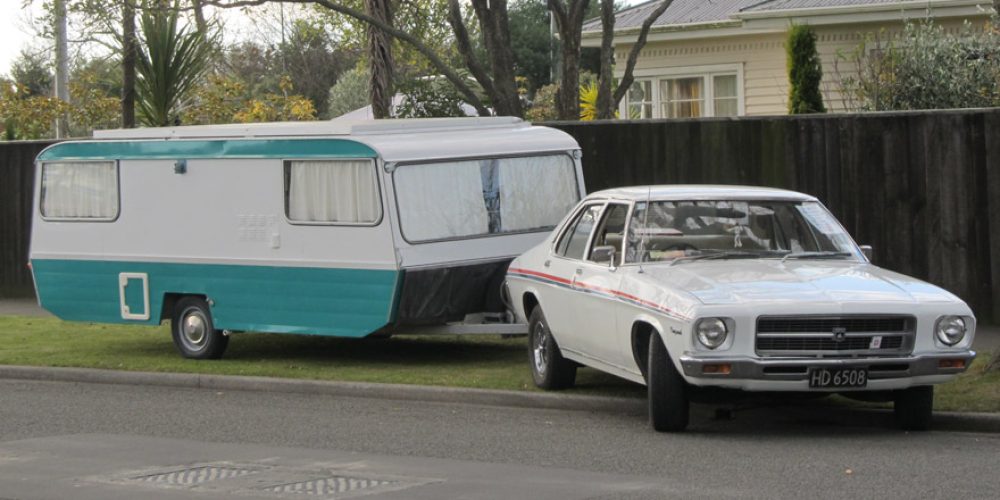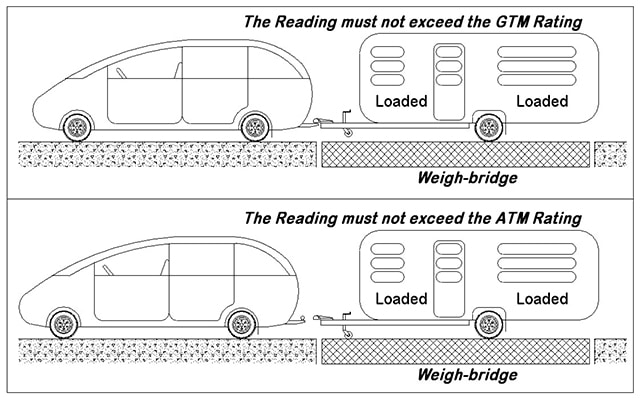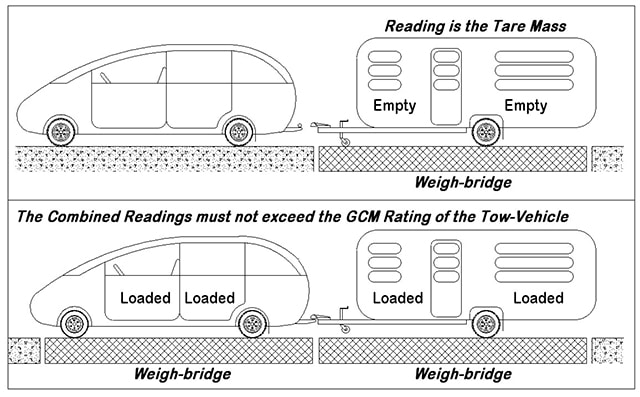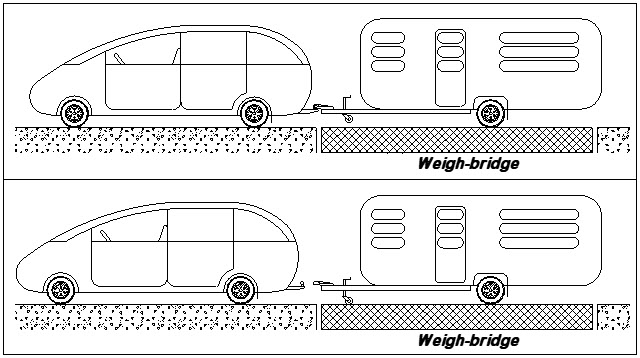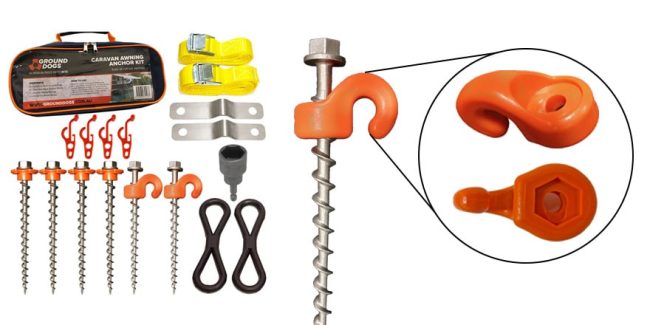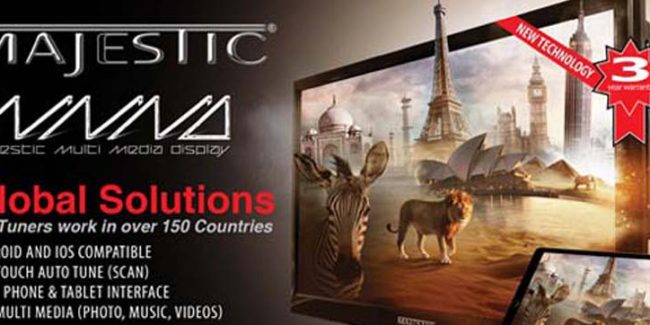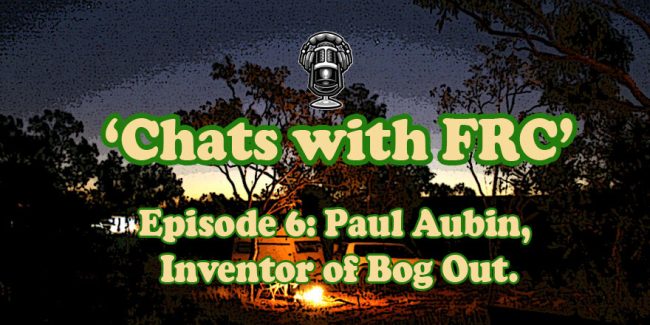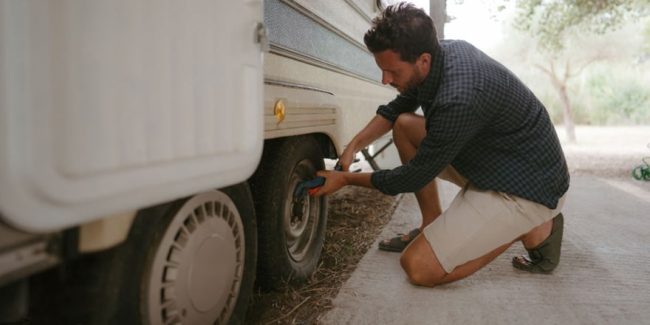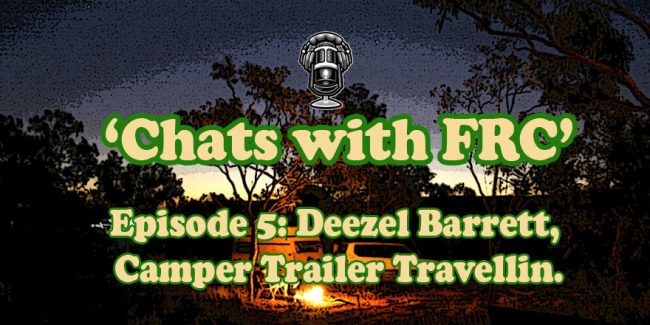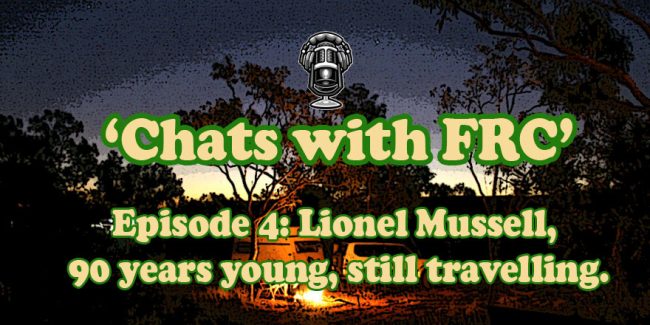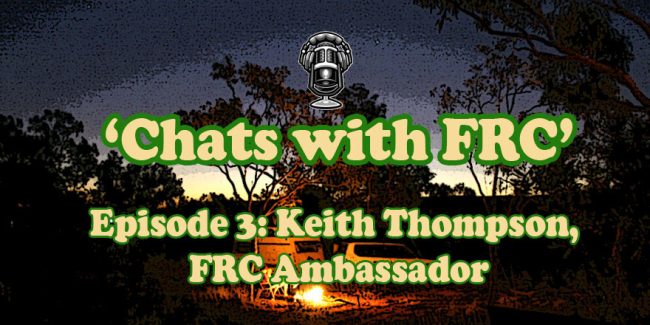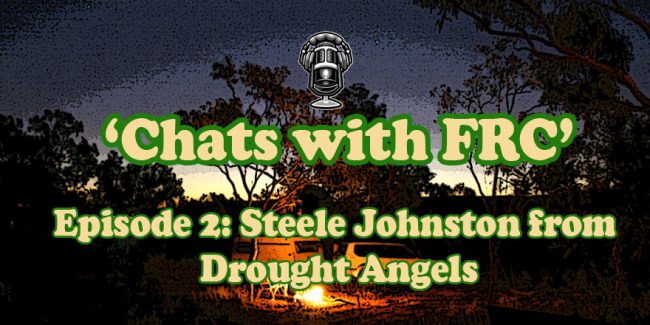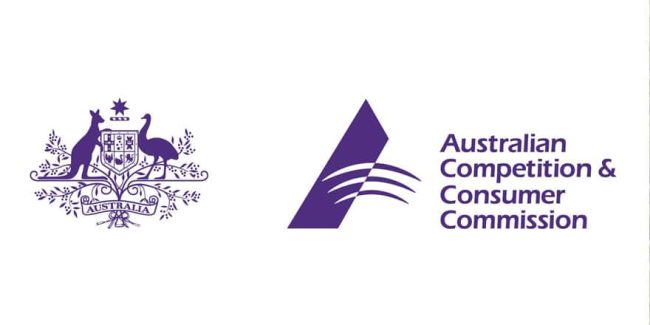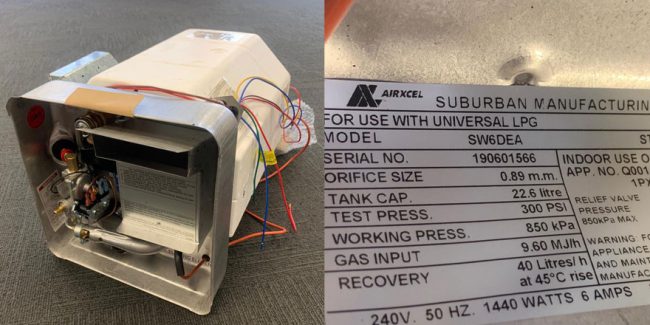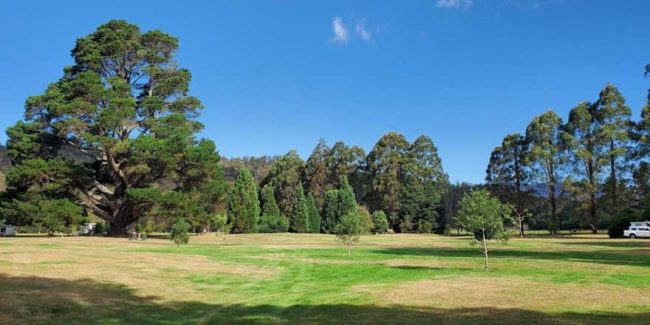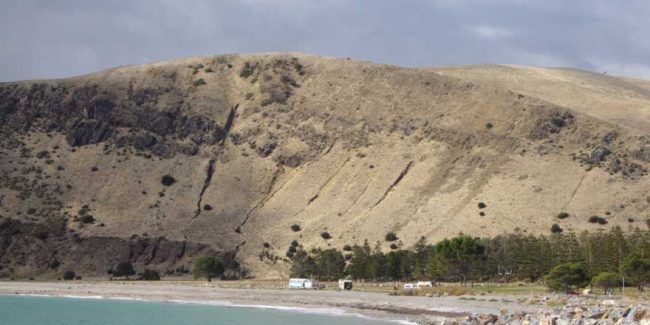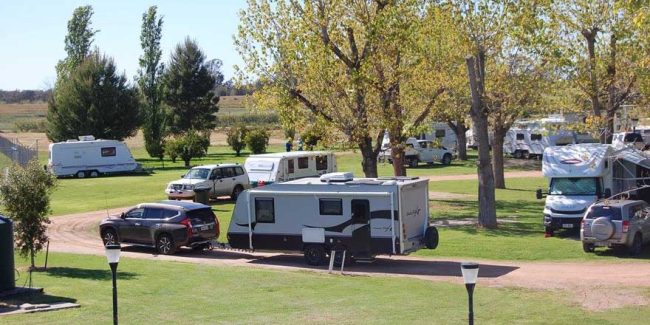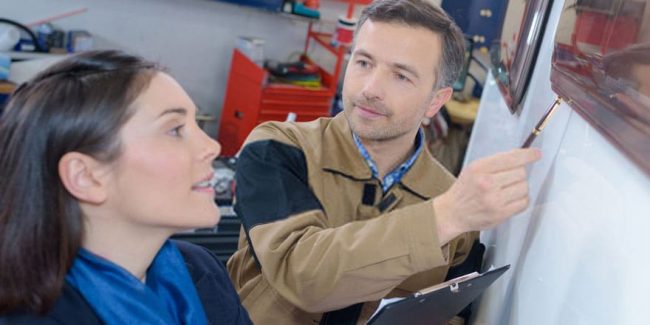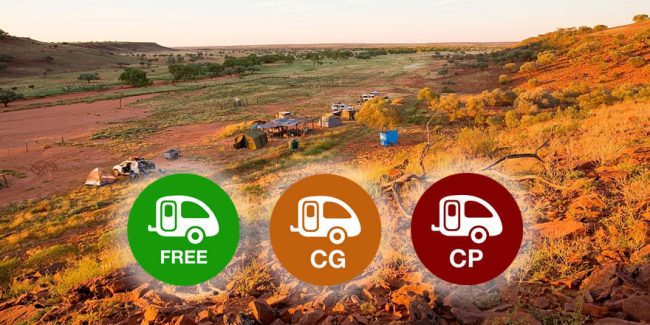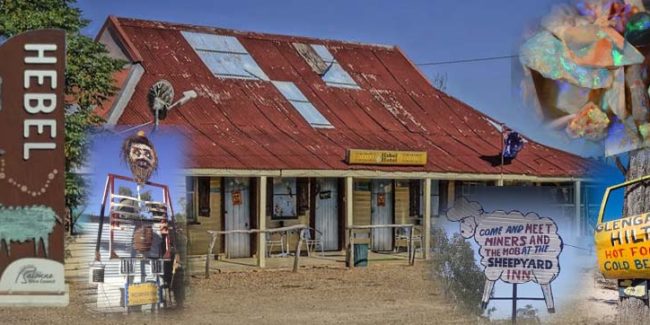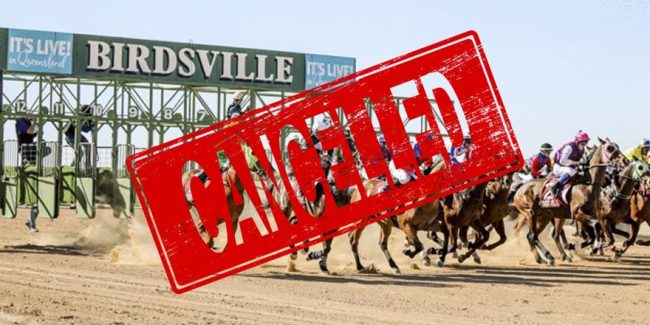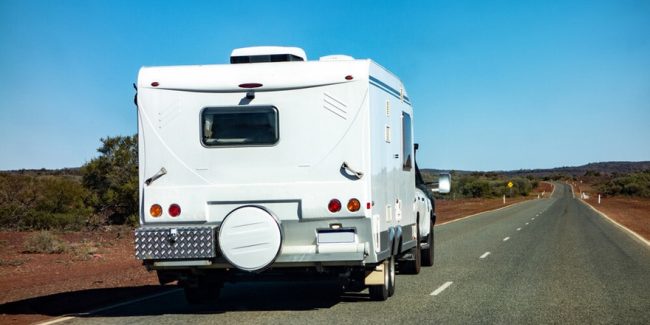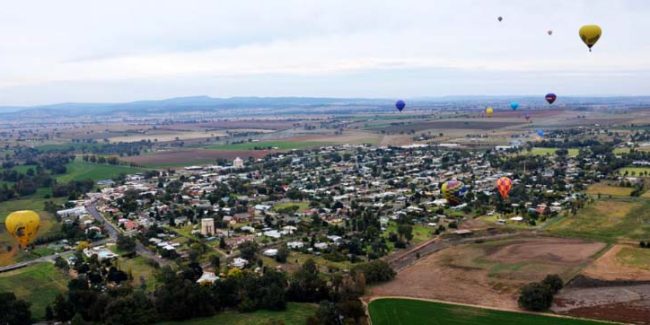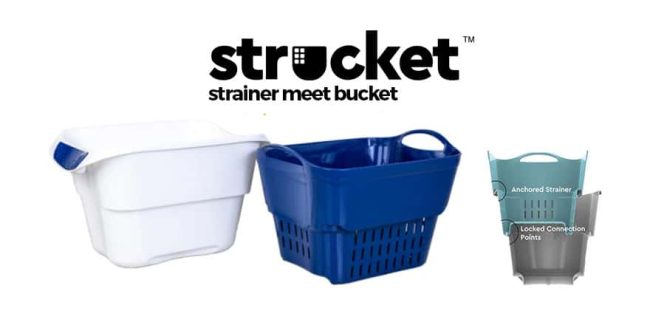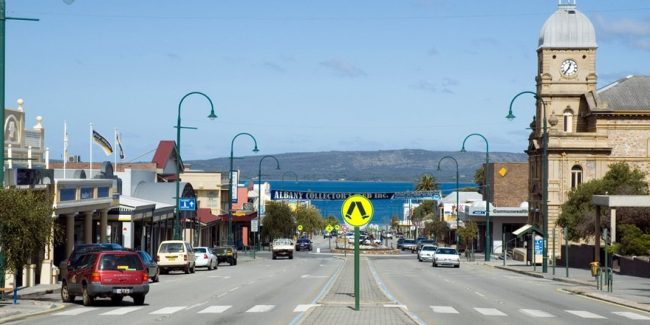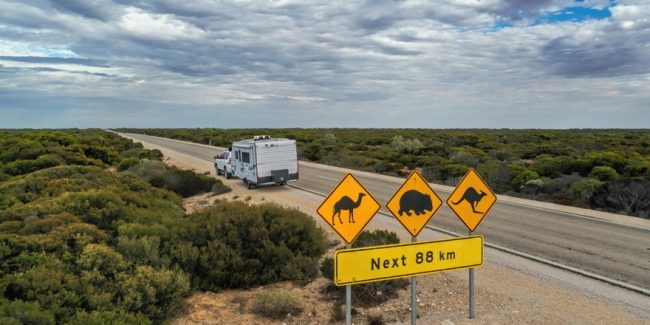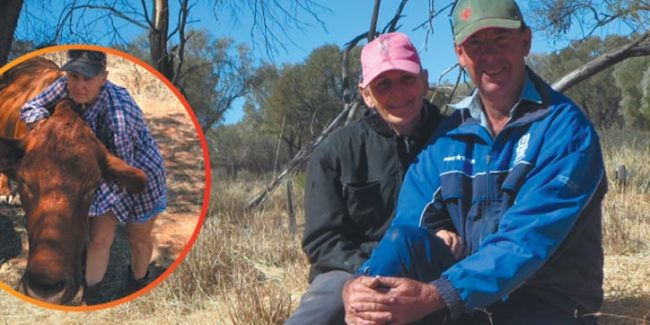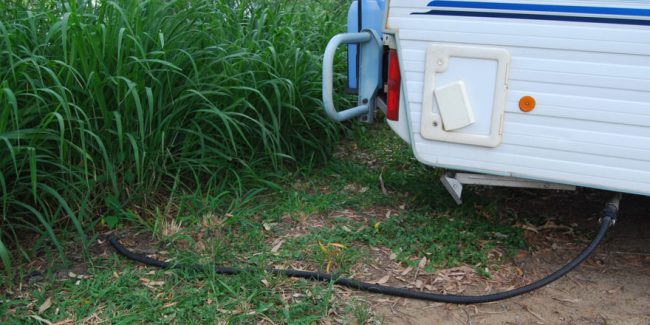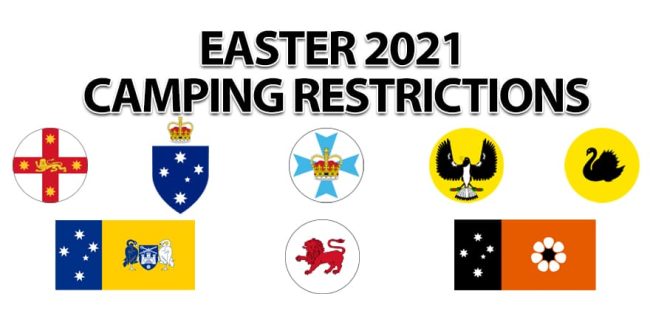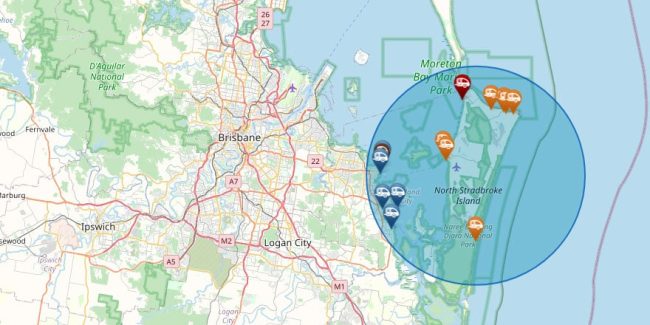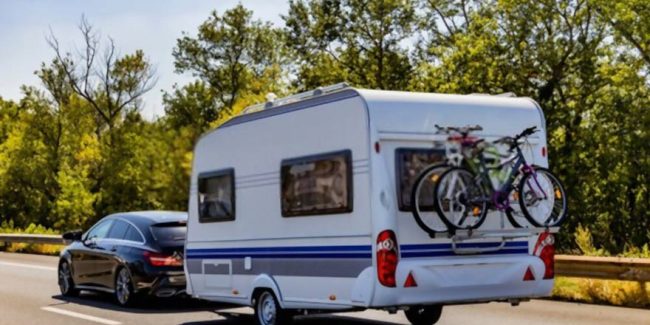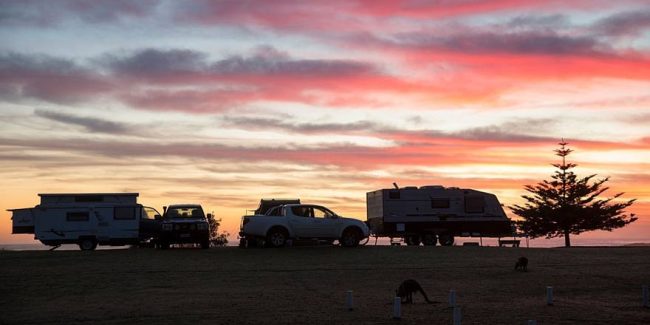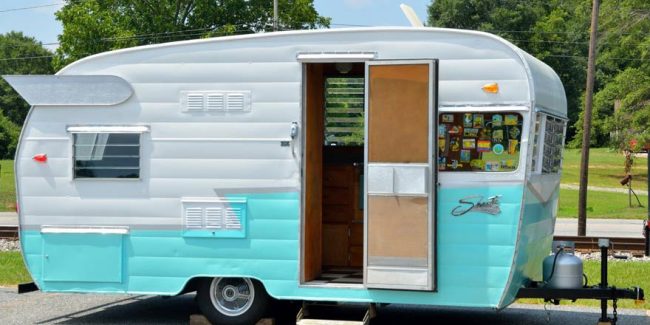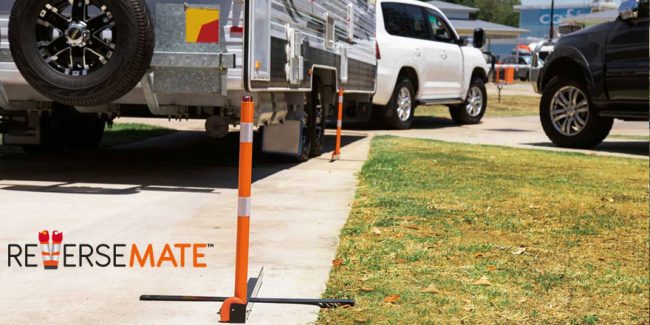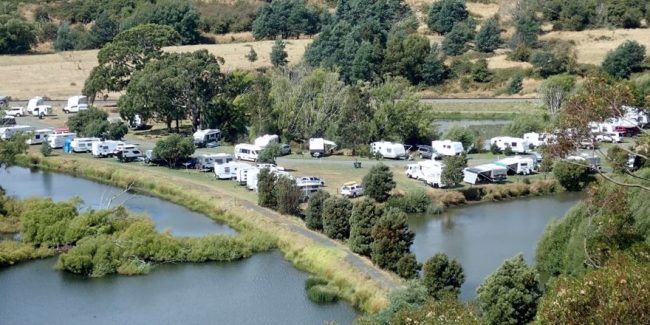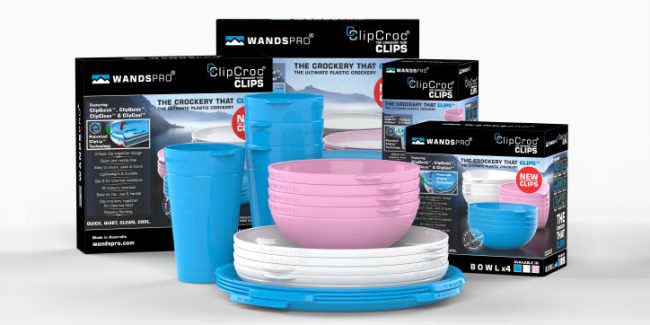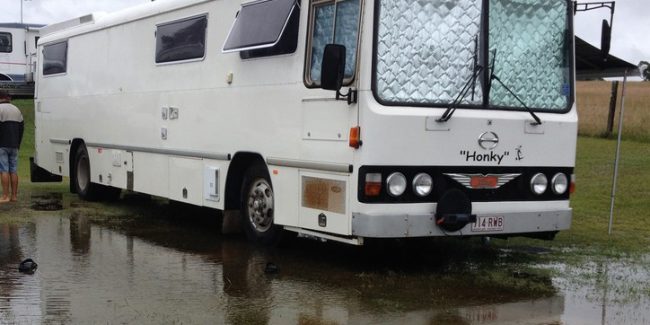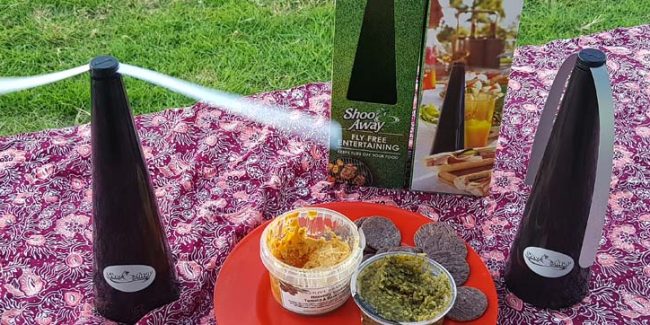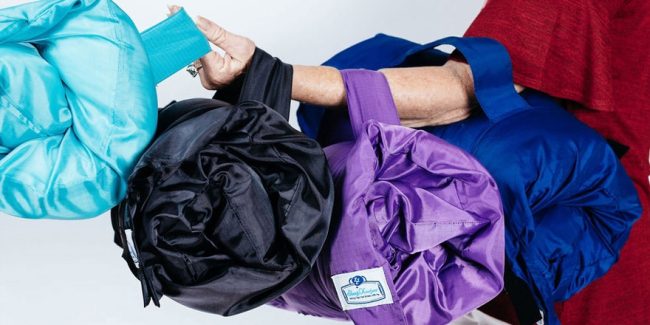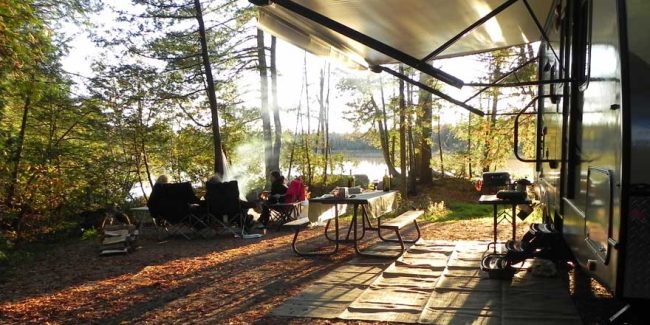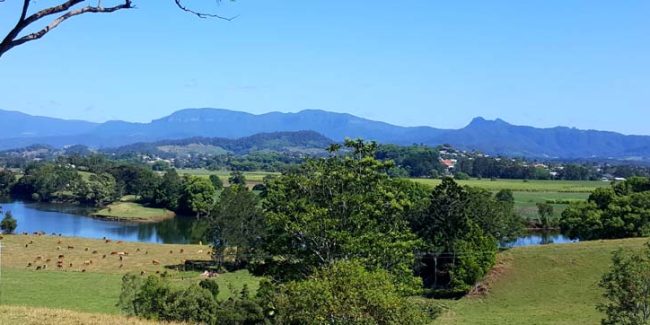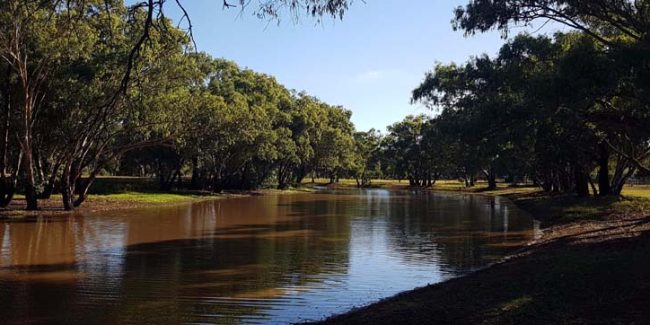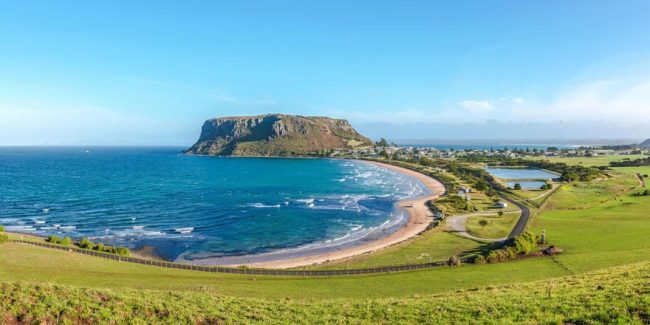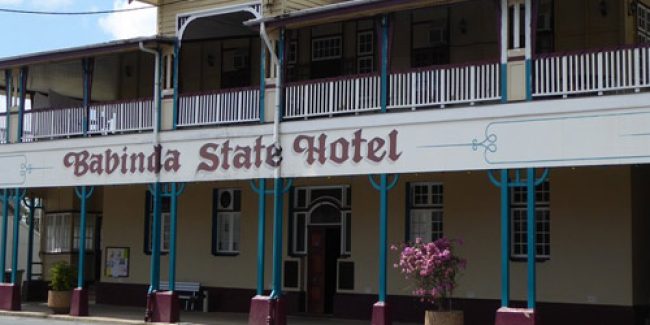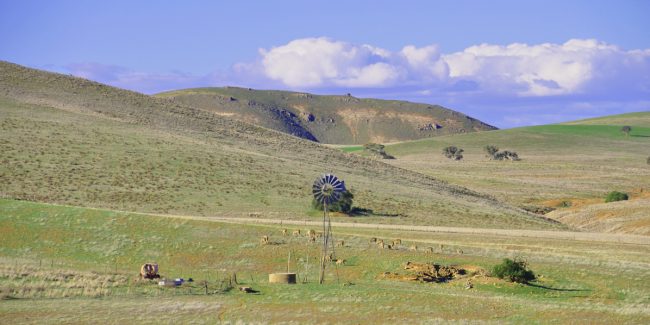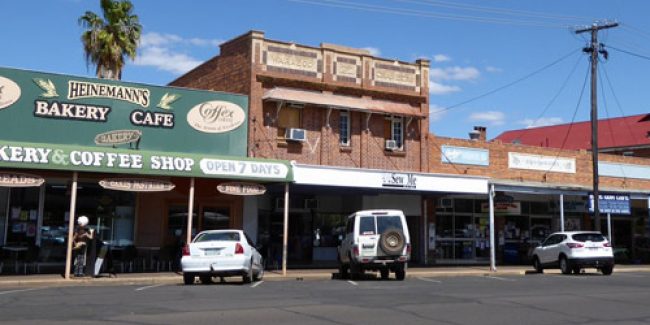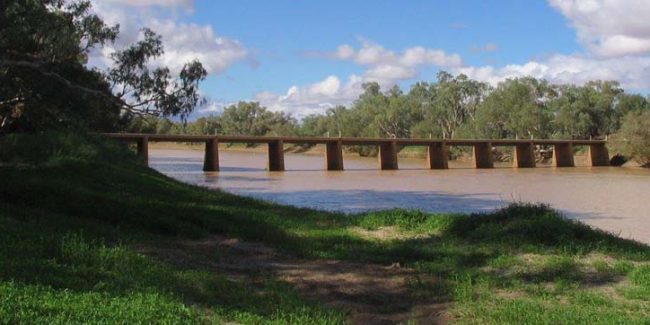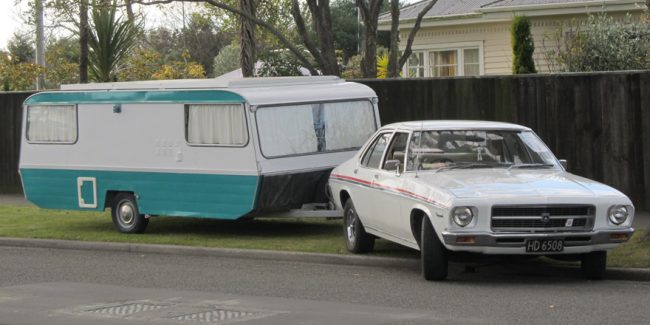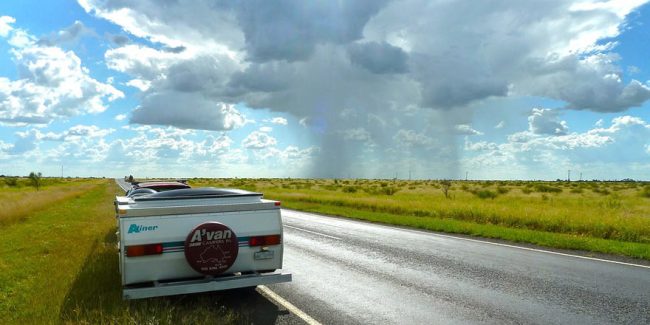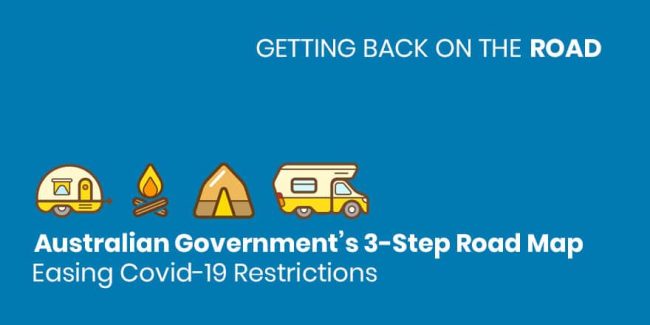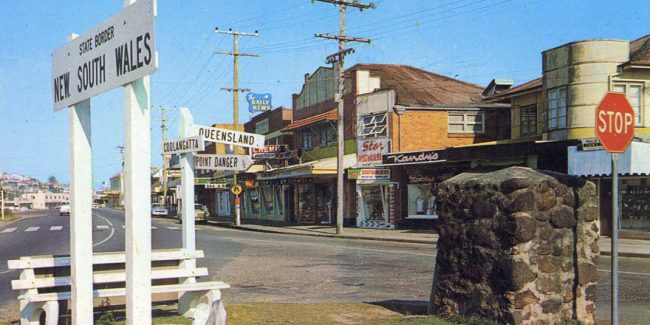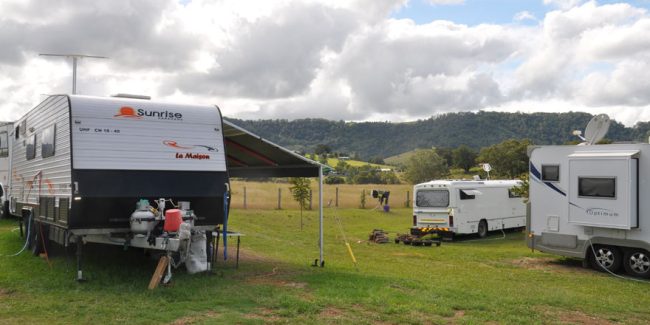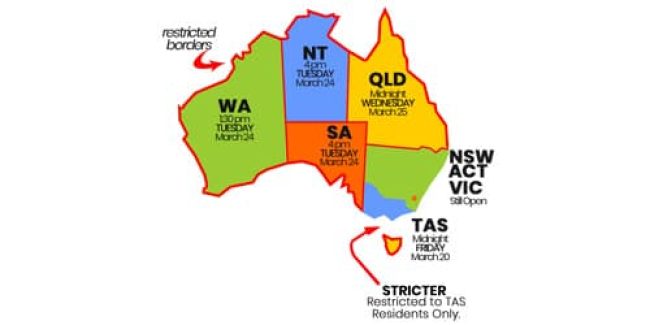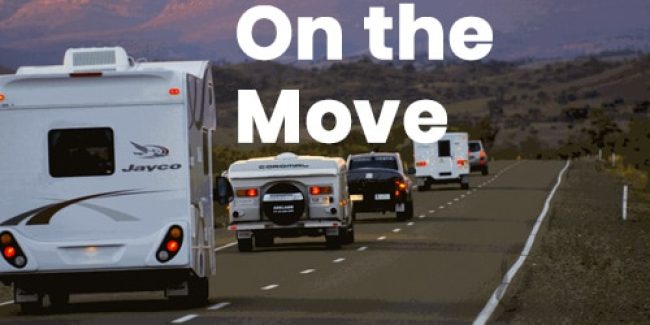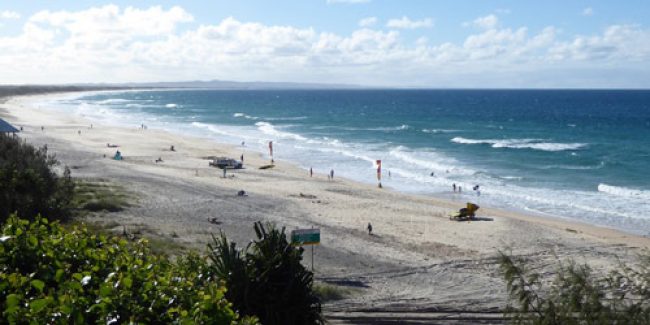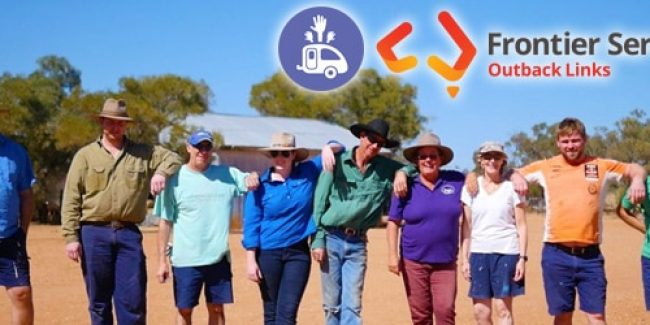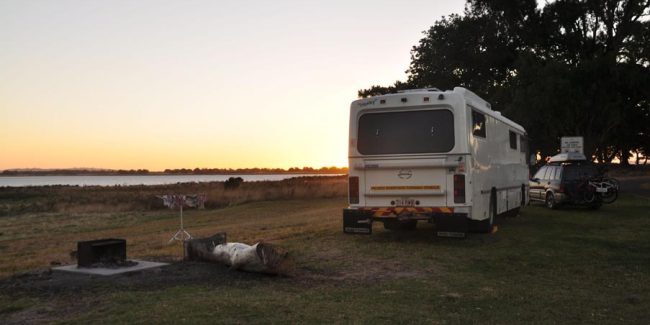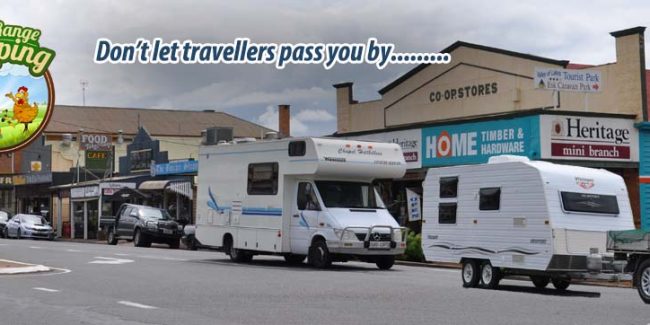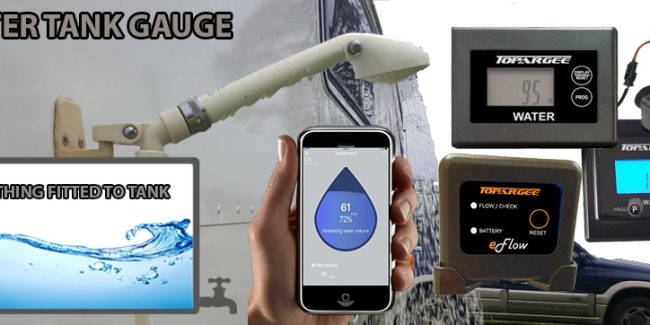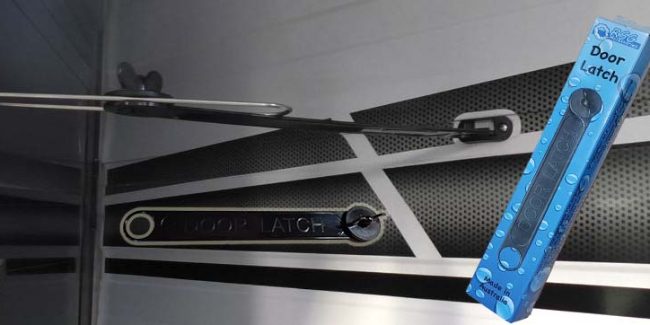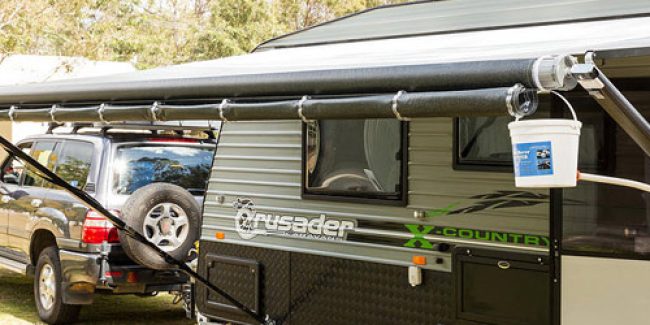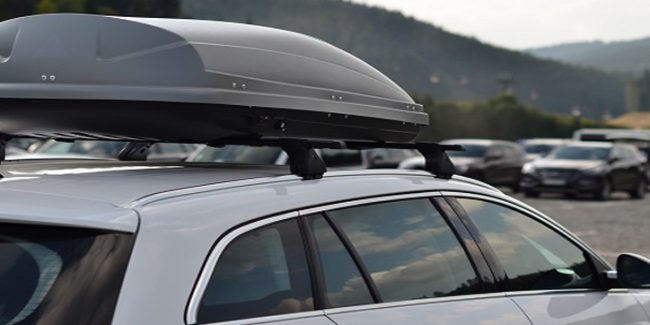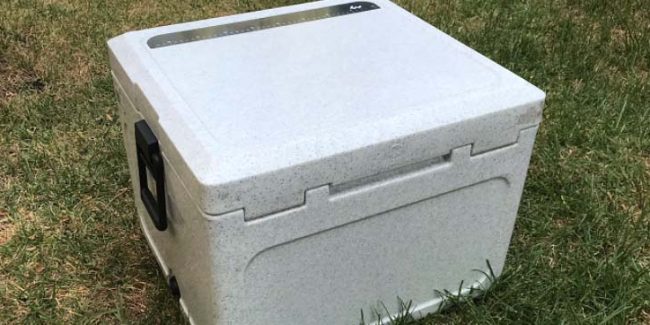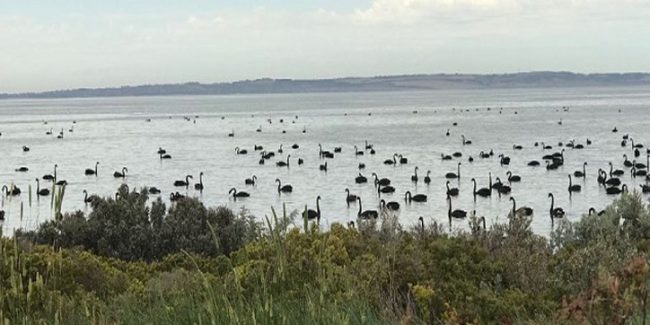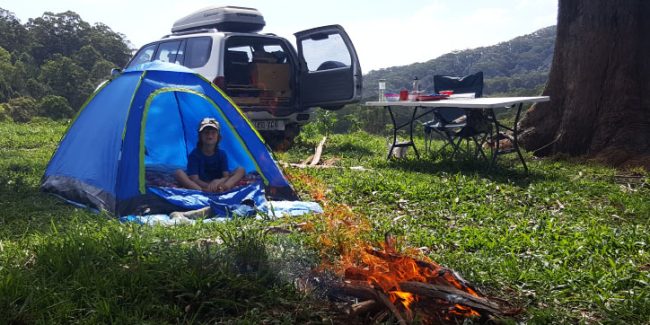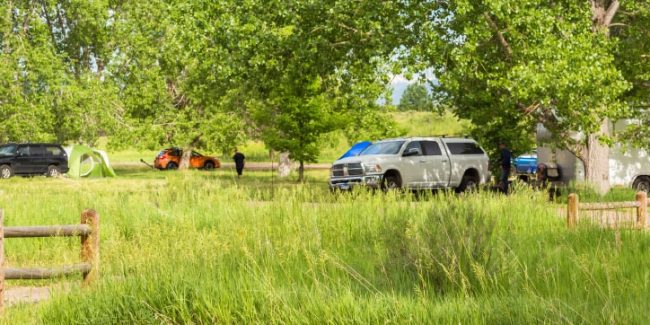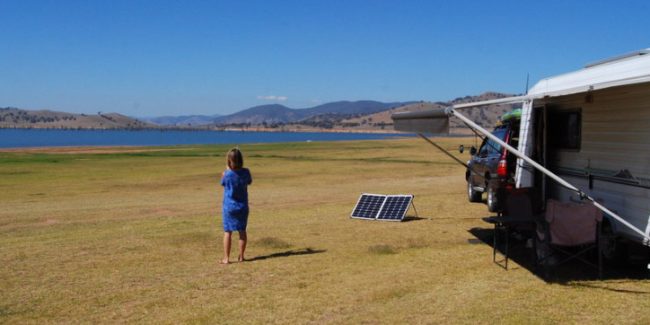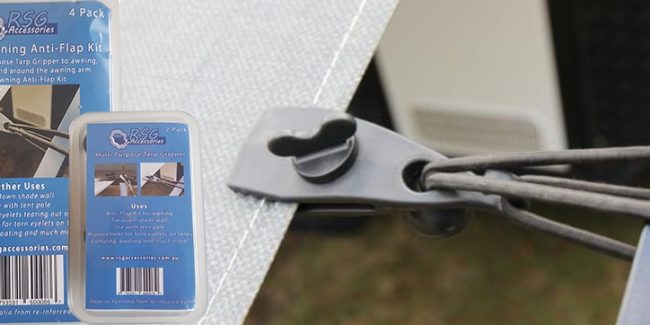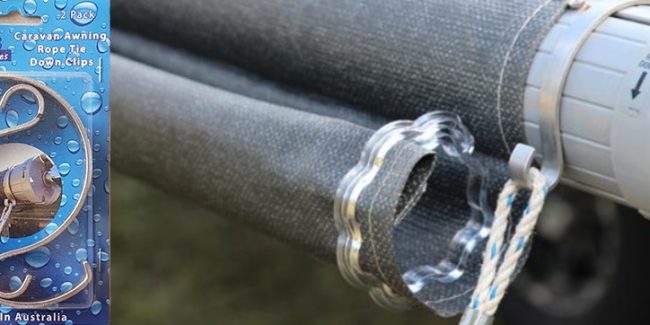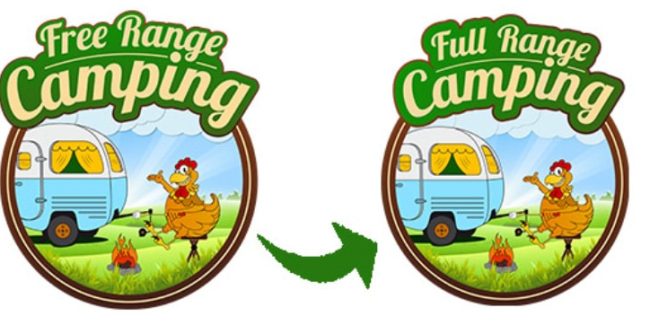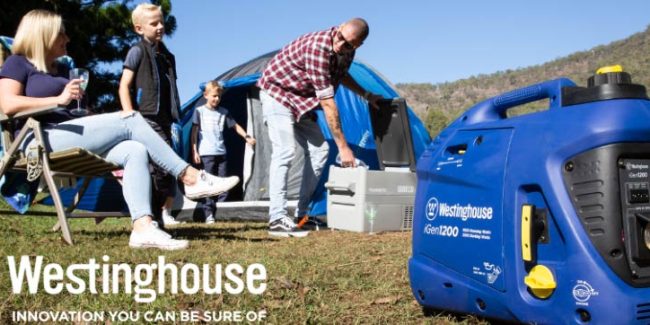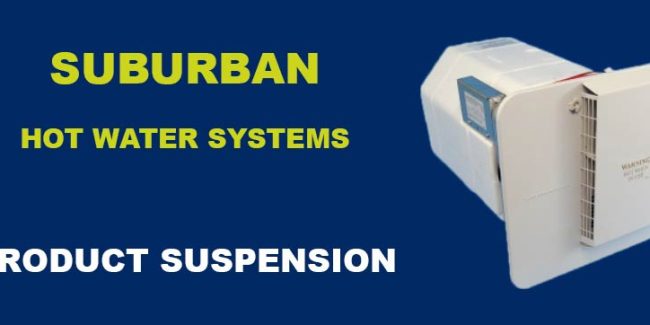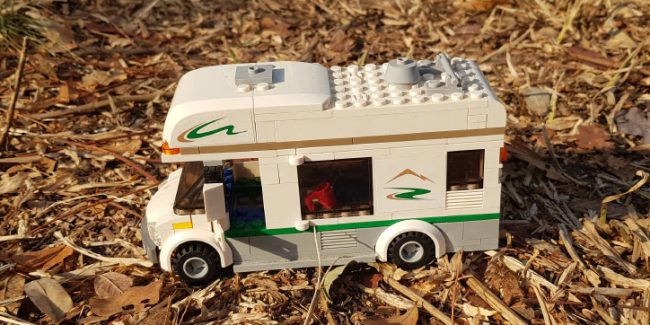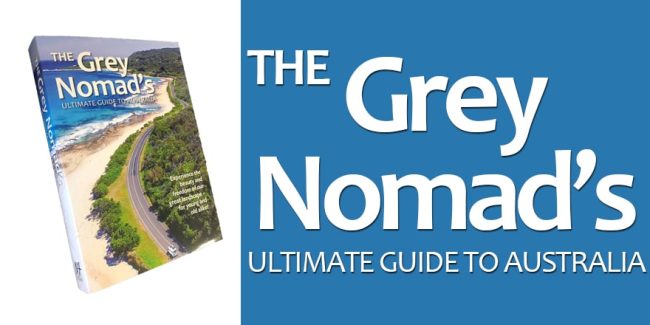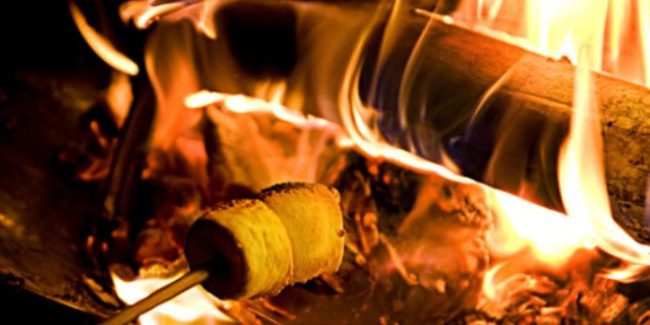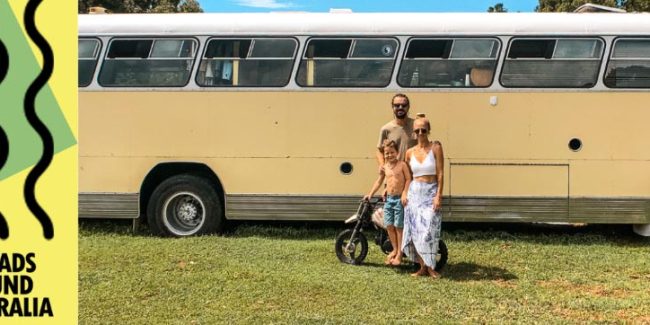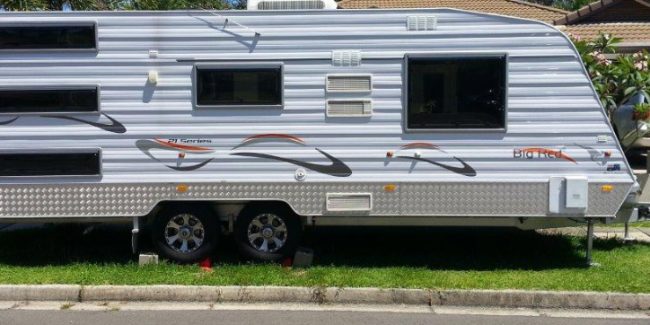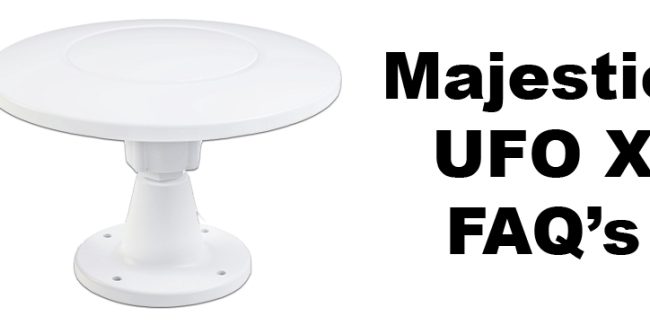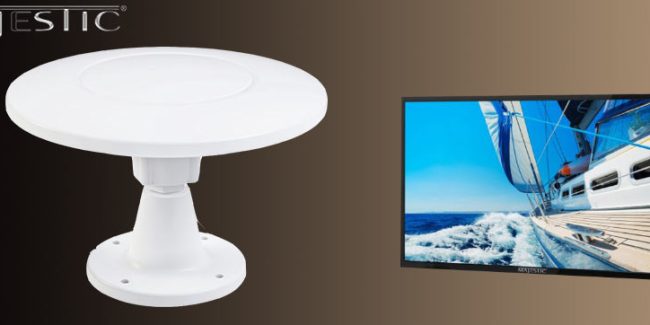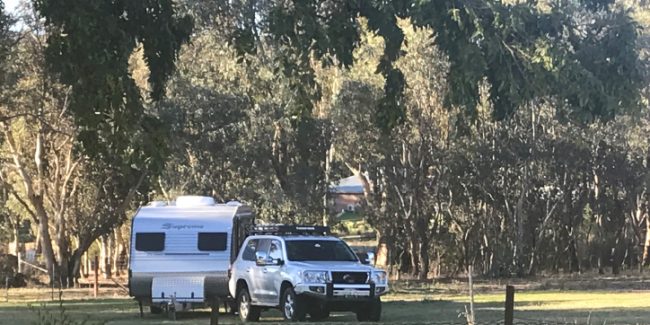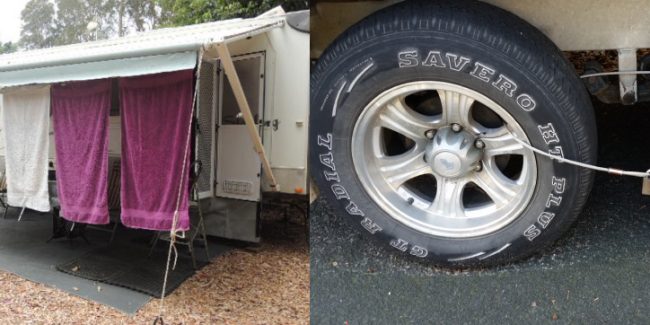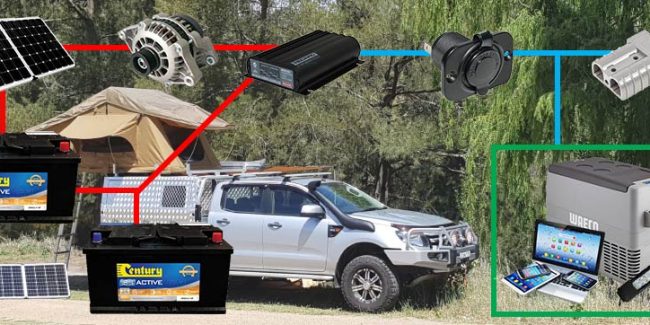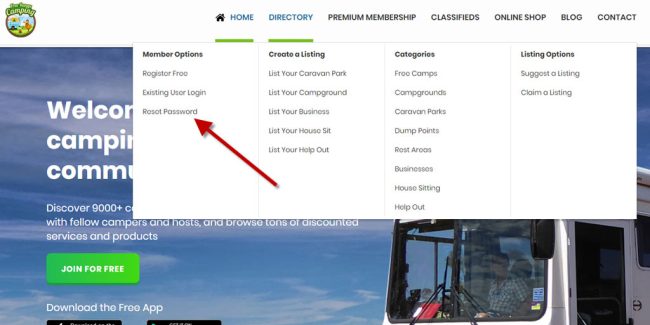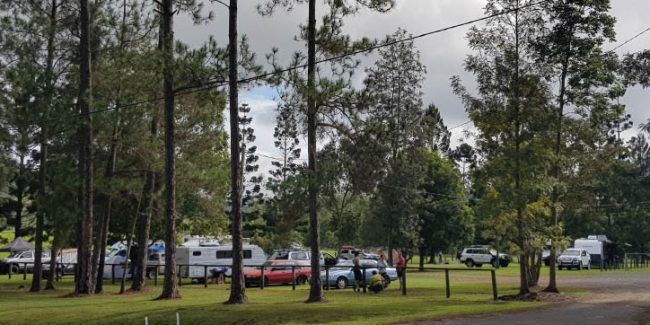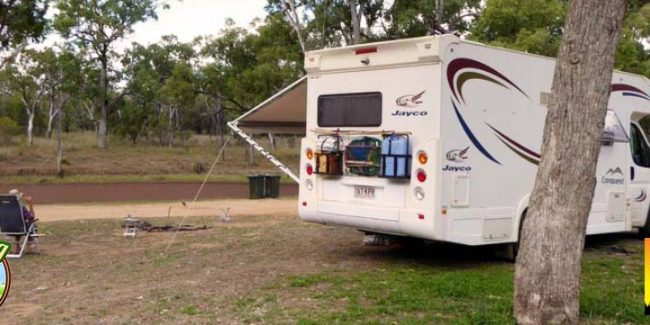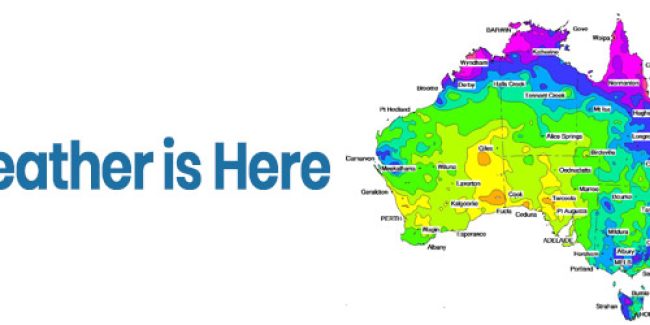Selecting a suitable tow-vehicle for a caravan is just as important as selecting a caravan that best-suits your particular travel needs. Sometimes a ‘vanner already owns a caravan, and wants to buy a tow-vehicle to tow it. Sometimes a ‘vanner already owns a tow-vehicle, and wants to buy a suitable caravan. Either way, it is vitally important to make a sound decision, based on doing sufficient “home-work”. This is to ensure that the purchase is exactly what you want, to best-suit your intended travel plans.
The No 1 requirement is the combination of 100% legal (compliant) and Masses and Ratings. Also, provides the best-possible safety on the road. It is a major investment, so take your time to compare a number of different Makes and Models. Should note in particular, the various Specifications and Ratings. Apart from the necessary technical and legal considerations, there are of course, numerous items that will be very much personal preferences.
Tow-Vehicle Check-List
It is recommended that you use the comprehensive Tow-Vehicle Check-List. This is to best-ensure that you select the tow-vehicle that is most suitable for towing a particular caravan. You use a separate Check-List for each vehicle that you are considering. Listing your “score” for each item, so that you can then compare all final “Total Scores”. It is important to note that often, the GCM Rating may be less than “GVM Rating + ATM Rating”. The GCM Rating will be the limiting factor.
The “Rear Axle Rating” of the tow-vehicle must also be considered, to ensure that it is not exceeded. Due to the hitch “over-hang”, the ball-loading applies a leverage “moment” (force X distance). The additional loading on the rear axle is actually more than the ball-loading itself.
Note: The four suggested – GVM / Engine Power / Engine Torque / Tow-Bar over-hang – “Safety
or Comfort Factors” are just that… suggestions or recommendations.
It may not be possible to find a tow-vehicle that meet these figures. But it would be most prudent to select a tow-vehicle that comes close to meeting them.
Ratings & Masses:
This is the most important consideration from a legal and safety point of view.
While the law in some jurisdictions may state that it is the “actual mass” – not the “ATM Rating” – of the caravan; that must not exceed the “Towing Rating” of the tow-vehicle. It can be extremely difficult (if not impractical) to prove what the “actual mass” is.
Ratings & Masses: The actual Ball / Coupling load exerted onto the tow-bar at any time must not exceed the down-ward Rating of both the tow-vehicle and the tow-bar… which are required to be provided by their manufacturers. It is expected that the caravan manufacturer will provide the “maximum permissible Ball / Coupling load”. That the vehicle was designed for, when loaded in a “reasonable and typical manner”.
GVM Rating:
Having a caravan sway – or jack-knife – is an extremely frightening and dangerous situation. There are three major items that determine the stability/handling on the road:
(a) The length, weight and design of the caravan, (b) The manner in which it is loaded, and (c) The speed and road / atmospheric conditions.
It is absolutely essential that the “tail never wags the dog”… that is, it is important that the tow-vehicle has the ability – primarily mass – to control the caravan, rather than the other way round.
In addition to the legal requirements regarding Ratings & Masses, it is strongly recommended that, at any time, the mass of the tow-vehicle be appreciably more than the mass of the caravan. It is strongly suggested that for added safety and peace-of-mind, the laden tow-vehicle should weigh (at least) 30% more than the laden caravan.
Restrictions:
It is important to obtain – in writing, typically the Owner’s Manual – details of any restrictions or conditions from the manufacturer of the tow-vehicle, regarding towing a caravan.
Is there a stipulated maximum speed when towing? For particular Towing Ratings, are “up-grades” – such as oil-coolers, transmissions, brakes and / or suspension components – required?
Axle – Rear:
With solid (beam) rear axles most commonly used for tow-vehicles, recommendations should be sought. Regarding vehicle handling, tyre life, etc. – if you are considering a vehicle with independent rear suspension.
Suspension:
Does the tow-vehicle manufacturer (a) Require, (b) Recommend, or (c) Prohibit, the use of rear axle booster-springs or air-bags?
If required for towing, are they to be removed when not towing?
If supplementary air-bags are fitted, how are they to be attached to the chassis?
WDH:
Does the tow-vehicle manufacturer (a) Require, (b) Recommend, or (c) Prohibit, the use of a WDH (weight-distribution hitch)?
If fitted, what Rating should they be, and what setting should be used?
Are there any restrictions or conditions regarding the use of a WDH?
Does the caravan manufacturer (a) Require, (b) Recommend, or (c) Prohibit, the use of a WDH (weight-distribution hitch)?
If fitted, what Rating should they be, and what setting should be used?
Towing Aids:
Does the tow-vehicle manufacturer (a) Require, (b) Recommend, or (c) Prohibit, the use of any other “towing aids”, such as mechanical or electronic “anti-sway” systems?
Does the caravan manufacturer (a) Require, (b) Recommend, or (c) Prohibit, the use of any other “towing aids”, such as mechanical or electronic “anti-sway” systems?
Engine Power:
From Isaac Newton’s laws of motion, it must be appreciated that it takes much more time – and much more (over-taking) distance – to accelerate a combination, than it does to accelerate just the tow-vehicle, over the same speed range.
There is nothing more frustrating – and dangerous – than to be “stranded”, with not enough power on tap to get you out of a “tight situation”… Such as when over-taking a slower vehicle, or when avoiding a collision. Or just trying to “get up to speed” so as to prevent the motorists behind you from cursing you.
It is suggested that the Ratio of kW : GCM Rating (tonne) should be more than 25 kW / tonne.
For example, with a GCM Rating of 6.0 tonne, that the engine has a power output of at least 150 kW.
Engine Torque:
Likewise, when towing, you need plenty of engine torque – or pulling power – to accelerate quickly. When you compare the performance of different engines, you will see that diesel engines have more “low-down (rpm)” torque available, than do petrol engines. This permits a faster acceleration from low speeds, with less gear-changes required.
It is suggested that the Ratio of Nm : GCM Rating (tonne) should be more than 65 Nm / tonne.
For example, with a GCM Rating of 6.0 tonne, the engine has its (maximum) torque of at least 390 Nm.
Fuel:
While LPG has many financial, technical and environmental advantages, it is not suitable for extended outback travel. The choice of fuel is therefore really between petrol and diesel.
Considerations include the costs and availability in different regions of the country, any extra cost of the vehicle, and differences between servicing periods and expenses.
Fuel Economy:
Inherently, diesel engines have a higher efficiency – hence higher fuel economy – along with more “pulling power” than comparable petrol engines. Comparisons therefore need to be made between similar engines from various manufacturers.
Driving Range:
Knowing the anticipated fuel economy (litres per 100 km), the driving range can be determined by taking into account the capacity (litres) of the fuel tank(s) fitted.
Transmission:
Some ‘vanners prefer automatic transmissions because they “do all of the work”. Make starting off from rest – especially up a hill – much easier. With no worry about stalling the engine, or rolling back-wards.
Some ‘vanners prefer manual transmissions as they believe they have more “positive control”. Many automatic transmissions also have a manual over-ride, to provide the best of both worlds.
The choice is a personal preference, after evaluating the cost – and fuel economy – of each type of transmission. Along with the towing recommendations, or conditions, from the tow-vehicle manufacturer.
It is important that the “first gear” is “low” (high reduction) enough to enable the combination to comfortably take off from rest up an incline.
2WD / 4WD / AWD:
This is a very important consideration, depending primarily on what type of roads you will be travelling on. For paved and dry/hard/fairly-level roads, 2-wheel-drive is fine.
However, just one incident of being bogged, or an unintended off-road “excursion”, may well have you wishing that you had invested in the more-expensive option.
All-wheel-drive, or 4-wheel drive, certainly provides major benefits in traction and safety. It is really a necessity when towing off-road (mild, moderate, and certainly extreme) that are muddy, icy or are snow-covered. 4WD / AWD provides additional benefits of better traction on bends, wet roads, and hilly roads.
Ground Clearance:
Depending on whether your travel plans will be confined to on-road, or off-road, be it mild, moderate, or extreme, the choice will be quite simple. Of course your caravan will need to have been designed and manufactured to reliably and durably. To withstand the same arduous conditions, so that you have a “balanced” combination.
Under-side Angles:
Hand-in-hand with ground-clearance requirements for the combination, each vehicle needs to have comparable. Adequate angles of approach, ramp and departure, so as to best ensure you do not get “stranded”, or suffer any under-side damage.
Wheel-base:
A long wheel-base will provide more stability on straight roads, and will cause less axle-load variations because of the coupling force on the tow-bar. However, it will reduce the ramp-angle ground-clearance between the axles. A short wheel-base will generally provide easier handling on sharp winding roads, and rough dirt tracks.
Wheels:
It is certainly much more convenient to have identical wheels on both the tow-vehicle and the caravan, so as to enable the same spare wheel / tyre(s) to be suitable for both vehicles.
“Identical” means having (a) exactly the same rim diameter, width and off-set, and (b) exactly the same hub-mounting flange design, stud hole pattern, and stud diameter. However, often it is cost-prohibited, or not practical, to do this.
Tyres:
Likewise, it is much more convenient to have identical tyres on both the tow-vehicle and the caravan. The choice of tyre is important, especially the tread pattern. Primarily depends on whether or not your travel plans include any possible sand, muddy or snow-covered roads… or even wet grass. Traction is vital under these conditions… it is pointless having plenty of engine power available if the tyres cannot obtain sufficient grip.
Many people prefer to use LT (light truck) tyres, rather than passenger-car tyres, on their caravan… especially if any off-road travel is anticipated. While “chunky tread” tyres have major off-road advantages, their road noise and tread wear on paved roads will be worse.
Tow-Bar Over-hang:
Unlike 5th-wheelers where the “articulation point” is above the rear axle of the tow-vehicle, caravans have a significant disadvantage. Regarding handling and stability on corners – because the “articulation point” (coupling) is quite some distance behind the rear axle of the tow-vehicle.
Because of this, when the tow-vehicle is steered in one direction, the coupling moves in the opposite direction. This can cause an extremely dangerous situation if rapid corrective steering action is required to stop the caravan from swaying.
The further the coupling is behind the rear axle of the tow-vehicle, the worse the problem becomes,
In an exponential manner, and with certain types of caravans, jack-knifing can occur very quickly… even at moderate highway speeds.
It is suggested that the tow-bar over-hang be no more than 30% of the wheel-base.
Coupling & Height:
ADR (Australian Design Rule) 62 prescribes legal requirements for “couplings” (which include balls, couplings, tow-bars, safety-chains, etc.), including the minimum and maximum heights of couplings above the ground, when the vehicles are fully-loaded.
In particular, there are specific limits for “50 mm ball-couplings” because of their limited “angles of articulation”. Tow-bars must have been strength-tested by their manufacturers, and have their two ratings – towing capacity and down-load – marked on them.
You need to obtain confirmation from the manufacturers of both the caravan and the tow-vehicle that the coupling units comply with the ADR (and AS [Australian Standard] 4177) requirements… especially the coupling height (BH in the drawing). Confirmation is also required as to whether the height for “50 mm ball-couplings” apply to all “50 mm ball-couplings”, or just “fixed” (non-pivoting) couplings.
Warranty:
Evaluate the warranty range – kilometres and years – and any conditions or restrictions that may affect your intended usage of the vehicle.
Servicing Costs:
Evaluate the required – and expected – servicing costs of the tow-vehicle.
Are there any conditions regarding who may service it, or when, or where?
What are the labour charges for dealer servicing?
Know the cost of replacement service items?
What is the cost and availability of glasses and body components?
Air-Conditioning:
The choice of having air-conditioning or not is a personal preference, depending on the degree (pardon the pun) of comfort required.
It is generally acknowledged that running an air-conditioner does not lower the fuel economy as much as driving with open windows.
Other Options:
Enjoying your travels is important… but not nearly as much as your safety.
Tow-vehicles now provide exceptional safety features, such as ABS (anti-lock braking system), ESC (electronic stability control), and Traction-control.
It is highly recommended that you select these features. They greatly improve road safety… but do not rely on them to get you out of a “hopeless situation”.
Double-check to ensure that they are fully-compatible with any electronic stability units fitted to your caravan.
Also check that any electronic controls can be used while “cruise control” is activated. It is recommended that “cruise control” is not used when towing.
Caravan Dealer Advice:
Ask the Dealer of your caravan if they have any (non-commercial) technical requirements. Also recommendations regarding the specifications for a suitable tow-vehicle for your specific unit. Again, ensure that your Dealer has supplied (in writing) all of the specific ratings and masses that you need to know in order to make sound decisions.
Re-sale Value:
Check Dealers, internet sites and newspapers for the same make / model vehicle of various ages and kilometres travelled.
Make & Model:
Very strictly… a personal consideration!
Safety Rating:
What are the official Safety Ratings for the various crash tests? Hopefully you will never be involved in an accident, but if you are, high survival chances are paramount.
Reputation:
Ask other ‘vanners, and anyone driving the same make/model of tow-vehicle that you are considering, exactly what they think of their vehicle, especially its suitability for towing.
Price:
Very simple… what is your Budget? However, don’t skimp on safety for the sake of a few $$$.
Test Drive:
Before making the big decision, test-drive each vehicle – ideally towing your ‘van – on different roads, to see if you feel at ease driving it.
Comfort, good all-round vision, and predictable controls are vital.
Final Decision:
Carefully add up your Scores for the various contenders…
Hopefully you will make the best choice!!!
Whatever tow-vehicle is chosen, ensure that it has sufficient Mass and Power / Torque to do the job.
Ensure all Ratings of the tow-vehicle – and the tow-bar – are suitable and legal for the specific ‘van.
Check that the height of the coupling above the ground is legal, when the vehicles are fully-loaded.
Happy & Safe Travels…
Caravan Ratings & Masses
The GTM & ATM are Ratings… allocated by the Manufacturer
The Tare Mass and Ball-Loading are Actual Masses… that must be measured
The Tare Mass is the actual measured mass of the vehicle as it leaves the Supplier.
The vehicle is fitted with everything that was stated on the Purchase Contract.
The vehicle is empty. The gas cylinder(s) and the water tank(s) must be empty.
Drawing 1
Drawing 2
Legal Load-Carrying Capacity = ATM Rating – Tare Mass
ATM: Aggregate Trailer Mass (Rating)
GTM: Gross Trailer Mass (Rating)
The GTM Rating must not exceed the lowest of the “Axle-Group” Ratings.
The “Axle-Group” comprises the:
- Wheels & Tyres
- Suspension Structure
- Springs
- Axles & Wheel-Bearings
Tow-Vehicles:
- GVM: Gross Vehicle Mass (Rating)
- GCM: Gross Combination Mass (Rating)
- RAC: Rear Axle Capacity (Rating)
- Maximum Permitted Towing Capacity: (Rating)
- Maximum Permitted Coupling Down-load Capacity: (Rating)
Tow-Bar: Maximum Permitted Towing & Down-load Limits: (Ratings)
Check List
Download the checklist to assist you in selecting a tow vehicle.
Other Articles by the Caravan Council
Caravan Jacks - The Do's & Don't
Caravan Pre-Delivery Inspections
RV Ownership in a new light
Safe Overtaking While Towing a Caravan
Selection of a Suitable Tow-Vehicle… For a Caravan
Disclaimer: This information is provided in good faith, in an effort to improve road safety. It is believed to be correct, but no liability whatsoever is accepted for any issues arising from using this information.
Original article provided courtesy of the CCA – www.caravancouncil.com.au. The CAA is a completely independent, non-profit, non-commercial body that provides free no-obligation compliance and technical advice. This is to all manufacturers, importers, dealers, mechanics, owners, and potential buyers of recreational vehicles.
You can contact the CCA direct or visit their web site via the links below.
www.caravancouncil.com.au [email protected]


